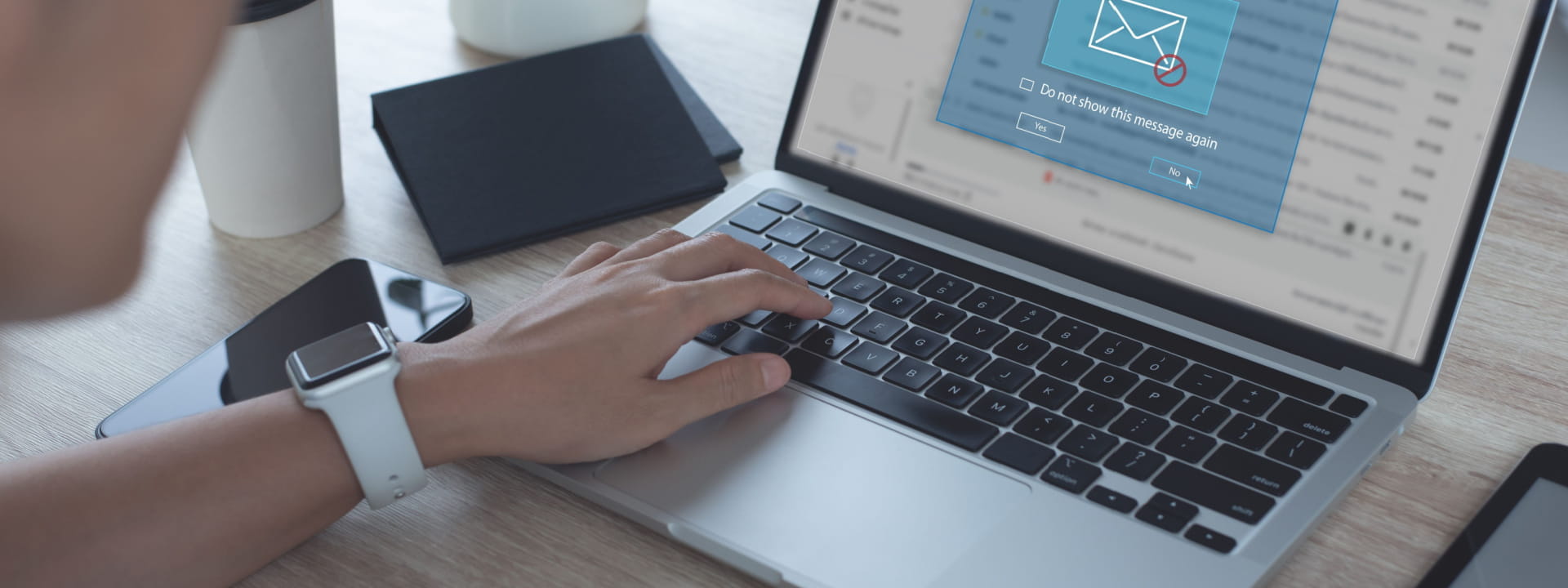
Good managers refuse to let colleagues who are out of sight be out of mind, especially when entire teams are working remotely.
Empowered by easy-to-use tools for staying in touch with workmates and creating the opportunity to utilise collaborative tools for working together from afar, many teams are hitting their stride with work-from-home arrangements. Australian workers have proven themselves to be more productive working from home than in the office. As many as 85% are equally or more productive working offsite as compared to commuting to the office.
To fully embrace remote work as a permanent or longer-term strategy, it’s imperative for managers and team leaders to find ways to measure productivity in a manner that prioritises achievement. The more information you as a leader have about what’s getting done and how, the better equipped you are to manage in clear, direct terms — despite the distance — and generate more achievement.
Thoughtful managers can accurately monitor productivity from afar by setting up Key Performance Indicators (KPIs), streamlining day-to-day operations with the right tools and resources and maintaining clear communication without micromanaging their staff.

What to measure
Some metrics will never change. Salespeople will always be evaluated for how many sales they make, marketing should always generate leads and your IT staff will always need to track how long it takes to resolve requests for help. When everyone is working remotely, though, self-discipline and communication effectiveness should also be tracked, suggests Forbes.
Self-discipline is akin to conscientiousness or integrity. It’s the ability to complete assigned tasks on time. It’s a SMART metric, meaning it’s specific, measurable, achievable, realistic and timely. Asking colleagues to track this metric and discuss it with managers at regular intervals benefits the individual employee and the organisation because it raises awareness about what’s getting done and how timely tasks are completed.
Communication effectiveness is also a SMART metric. It’s about making intentions, wishes and problems clear to colleagues either by way of video message or written communication. It’s measurable by how long it takes an employee to respond to internal and external messages either via chat app or email. It’s measurable in typos, in clear guidance to teammates that doesn’t generate confusion. It can be noting how many times colleagues arrive late to team video conference meetings.
Monitoring these metrics and giving feedback at regular intervals will keep your team running in a streamlined fashion that enables greater achievement.
Also, you as a manager may want to track these metrics in a way that evaluates your own performance honestly and share your metrics with the team. This transparent action will convey the priority you’re putting on effective communication as well as self-discipline. Remote work doesn’t offer managers as many opportunities to lead by example, but this is one. Transparency also breeds trust, which is even more important for a high-achieving remote work culture.

How to measure
Managers of remote teams will want to select modern, cloud-based software solutions that automate tedious tasks and also create a more complete picture of all your workers’ activities. Eliminating annoying tasks like manually entering hours on timesheets saves everyone time and energy. Instead, employees can clock in and out using time-tracking or task-tracking software. Many of these platforms can gamify the process and thus infuse a fresh energy into everyday tasks such as time tracking.
By way of aggregating data and presenting it to managers in different formats, cloud-based tools are inexpensive solutions that can help identify worker trends and save time on the tedium, freeing workers for more creative tasks. Weekly or daily status meetings can be eliminated in favour of cloud-based collaboration platforms. The need to email files can be eliminated by way of implementing a shared drive and version history issues can be resolved by collaborative platforms like Google Drive.
The goal of gathering more data should be on reducing stress and increasing productivity where it counts. If the tools you’ve chosen aren’t doing that, it’s worth looking at alternatives.
It’s also essential to communicate to your staff that tracking more metrics isn’t about micromanaging. It’s about enabling colleagues to be more autonomous, to manage their own workdays in a fashion that sets them up to achieve goals.
Achievement, not burnout
Building and mentoring teams where each person is trusted to work autonomously and contentiously toward shared goals is the intention of every good manager.
Embracing more centralised software tools and SaaS models for company-wide priorities such as printing, scanning and document management can also help you keep track of your remote workforce and look for ways to increase automation.
The delight of achievements that come from improved productivity and creativity shouldn’t overshadow the difficulties of remote work, of course. Managers must remember that remote work also blurs the lines between people’s private and professional lives in a way that can lead to burnout and stress.
But by leading by example — demonstrating perhaps by your own use of time-tracking tools that increased productivity can free up more time for regenerative activities like recreation and family life — managers can cultivate a positive remote workforce culture.
Find out how Brother can support you in today’s business here.





